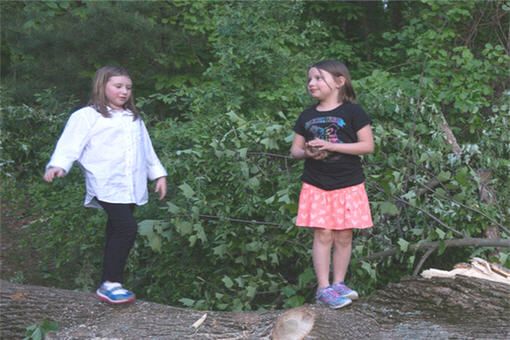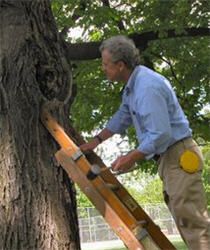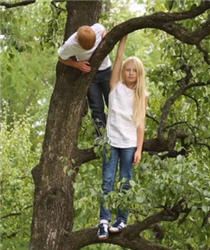It is often difficult for tree owners and managers to determine with any clarity what is expected of them in meeting their moral and legal responsibilities regarding trees on their property. Their concerns about the possible legal and financial consequences, plus the possible risk of injury or loss of life, associated with the safety of trees on their property needs to be addressed in a professional manner.

Risk Assessment of Trees – Why You Need To Do It
Managing the risk from trees is the responsibility of the owners and managers of the land on which they grow. Access to trees should be balanced between their great amenity value and the very small risk of potential injury.

